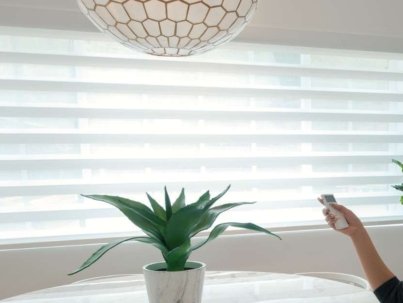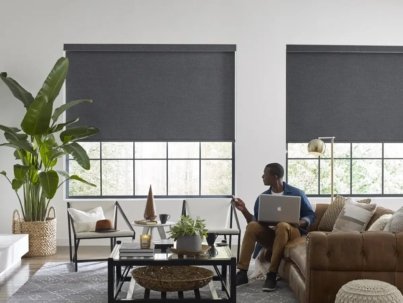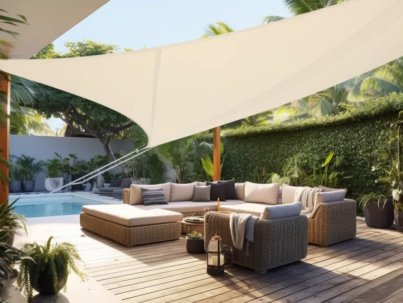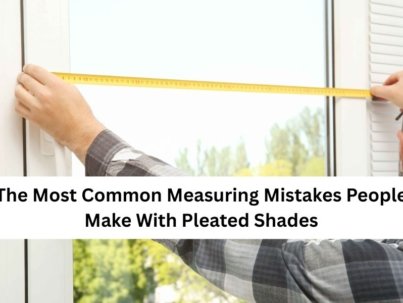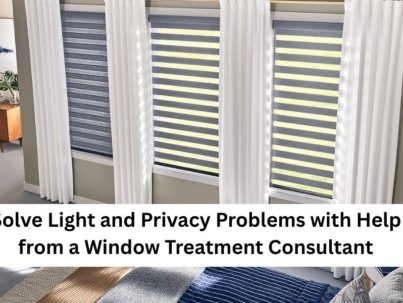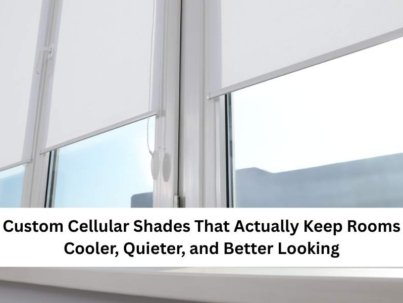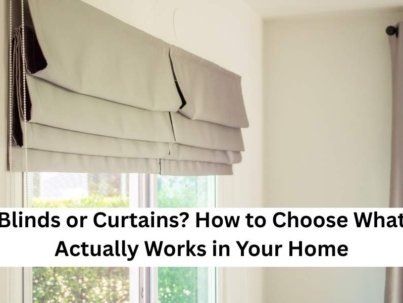Smart home technology is changing how we live, and our windows are no exception. In 2025, automated window treatments will become one of the top upgrades fo ...
HomeBlogs
Posts in category: Blogs
Window Treatment Automation: Everything You Need to Know in 2025
In 2025, window treatments are doing more than just dressing up your windows—they’re getting smart. Homeowners, interior designers, and property managers ar ...
Choosing the Best Color for Your Sun Shade Sail: Style Meets Function
Choosing a color for your sun shade sail isn’t just about matching patio furniture. The right hue can dramatically impact how cool your space feels, how muc ...
How to Install Vertical Blinds Like a Pro (Step-by-Step Guide)
You’ve measured, ordered, and unboxed your new vertical blinds, but now what? Many homeowners hesitate at installation, worried they’ll misalign brackets or ...
Cellular Honeycomb Shades: Why They’re the Smartest Energy-Saving Choice
Curtains once dominated home interiors, but not anymore. In today’s energy-conscious homes, blinds and shades are leading the way. Homeowners are switching ...
The Most Common Measuring Mistakes People Make With Pleated Shades
Why So Many Shades End Up Crooked or Too Short You measured. You ordered. You installed it. But now your pleated shades don’t hang right—or worse, they don’t ...
Solve Light and Privacy Problems with Help from a Window Treatment Consultant
Sun Glare, No Privacy, and Off-the-Shelf Blinds That Don’t Work? You buy shades that look great online. Then you install them—and they let in too much light ...
Custom Cellular Shades That Actually Keep Rooms Cooler, Quieter, and Better Looking
Tired of Rooms That Are Too Hot, Too Cold, or Too Bright? It’s not your imagination—most heat and cold in a room come through the windows. So do harsh gl ...
Blinds or Curtains? How to Choose What Actually Works in Your Home
Not Sure If You Should Go with Blinds or Curtains? Start Here You're updating a room. You want privacy, control over sunlight, and something that actuall ...
Stay Cool and Stylish: How Blinds Help You Cut Energy Costs Year-Round
Hot in summer, drafty in winter—your windows might be working against you. Heavy curtains help a little, but they’re bulky and hard to keep clean. Vinyl blinds ...


